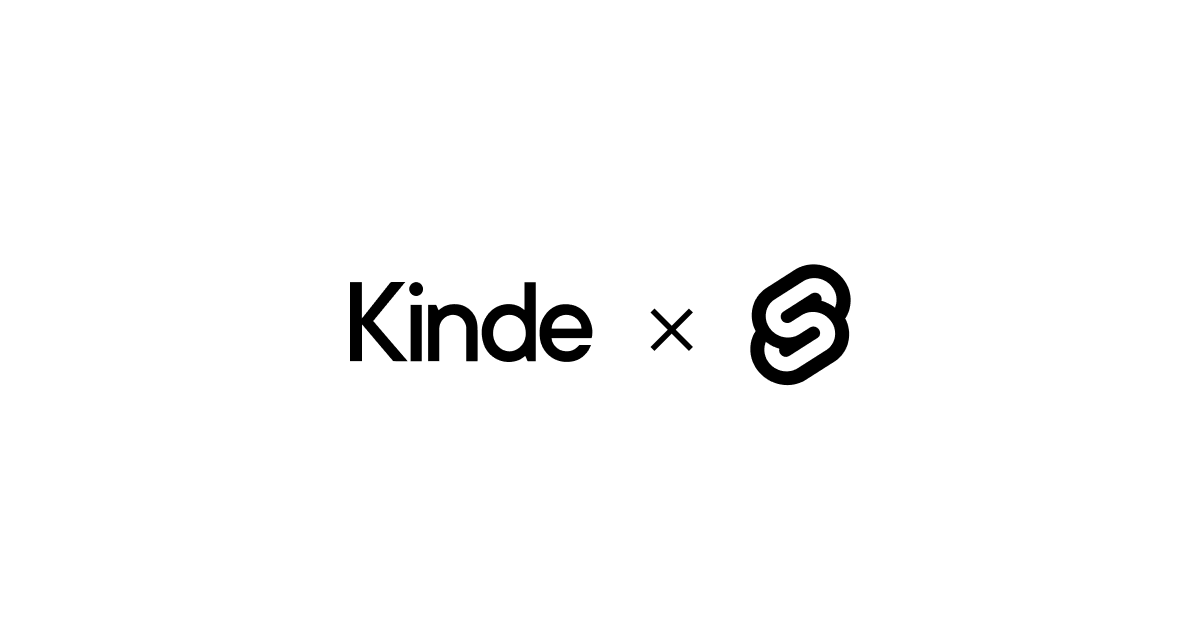Problem with the SvelteKit SDK.
Hi! I tried to integrate Kinde with my exiting Sveltekit 2 project, I have followed the official documentation here https://kinde.com/docs/developer-tools/sveltekit-sdk/ . But everytime I visted the /api/auth/login and /api/auth/register the server returned 500 error and this is what was shown in the server terminal. I have no idea why this error occurred.



Kinde Docs
Our developer tools provide everything you need to get started with Kinde.

